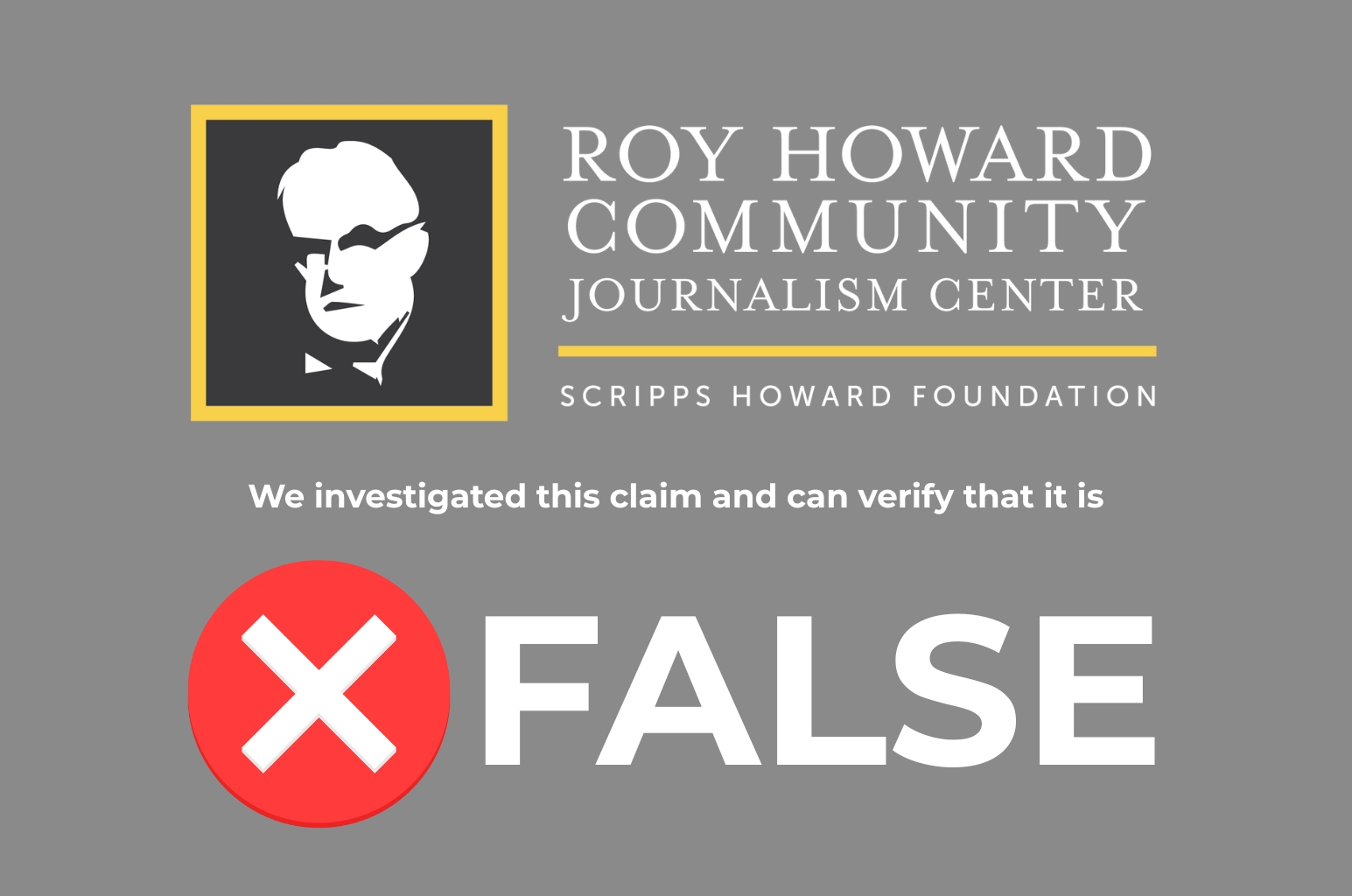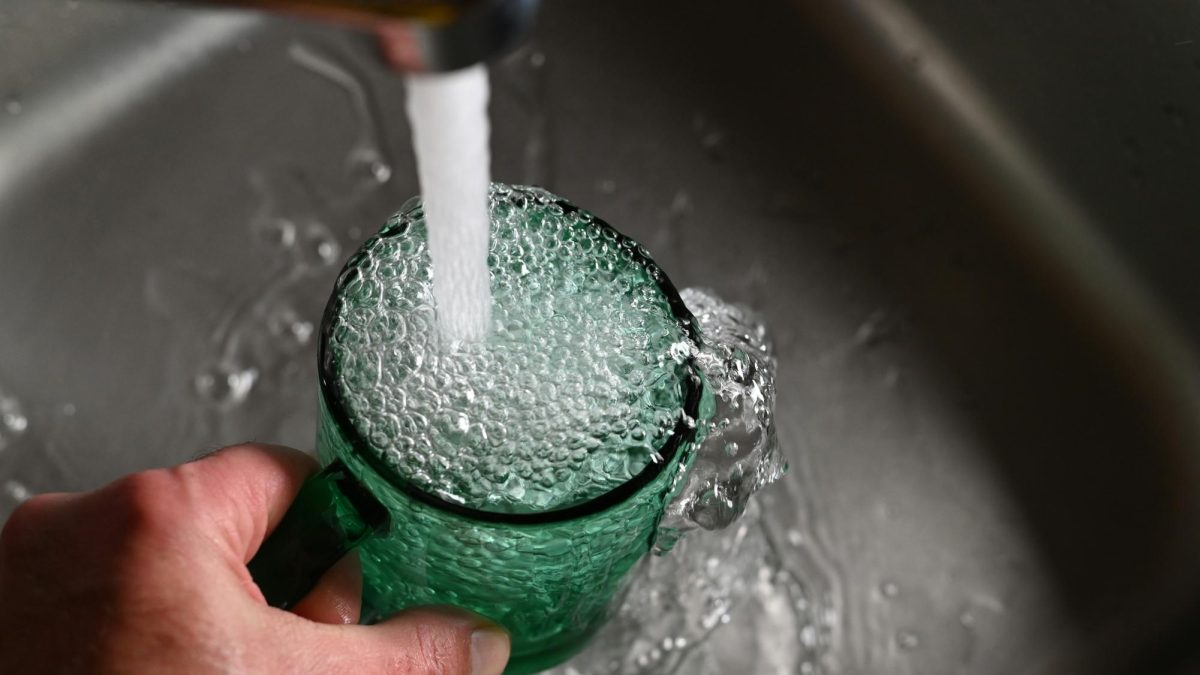The Roy Howard Community Journalism Center’s “What Is True?” team investigated a social media claim that Long Beach tap water contains dangerously high levels of chlorine.
That claim is false.

Five years of state-verified water quality reports show that chlorine levels in the city’s water supply remain well below the federal government’s safety limit of 4.0 parts per million.
Read the full fact-check below for details on how chlorine is used and why the claim doesn’t hold up:
A claim circulating on social media alleges that the tap water in Long Beach contains dangerously high levels of chlorine — enough to cause burning eyes and a strong bleach-like odor in the shower.
But five years of official water quality reports reviewed by the Roy Howard Community Journalism Center show the claim is false. The chlorine levels reported in Long Beach’s water supply remain well within federal safety standards and do not support the claim of hazardous exposure.
Chlorine is commonly used in public water systems to disinfect and kill bacteria, viruses and other pathogens that can cause illness. Its presence in drinking water is not a sign of contamination — it’s a regulated and necessary part of making water safe to use. The U.S. Environmental Protection Agency sets a legal safety threshold, known as the Maximum Residual Disinfectant Level, at 4.0 parts per million for chlorine in drinking water. Long Beach’s municipal water supply has stayed well below that level in every year reviewed.
From 2020 through 2022, Long Beach’s chlorine levels remained relatively low and stable. In 2020 and 2021, the city reported average chlorine levels of 0.4 and 0.5 ppm, respectively, with ranges from 0.3 to 0.6 ppm. The 2022 report again recorded a level of 0.4 ppm, with the same range.
In 2023, the chlorine level increased to 1.2 ppm, with a broader range from 0.3 to 2.0 ppm — the highest maximum value observed during the period. In 2024, the system recorded a chlorine level of 1.4 ppm, ranging from 1.01 to 1.70 ppm. While higher than in previous years, these values are still far below the EPA’s 4.0 ppm safety limit and are not considered dangerous under federal guidelines.
However, chlorine’s presence in water can sometimes be detected by smell or taste, especially at levels above 1.0 ppm. This is most noticeable in hot water environments, such as during showers, where heat can cause some of the chlorine to volatilize slightly into the air. People with heightened sensitivity may find the odor unpleasant or experience mild irritation of the eyes or respiratory tract.
That doesn’t mean the water is unsafe. According to toxicological data reviewed by federal health agencies, sensory effects such as eye and throat irritation typically arise from exposure to airborne chlorine gas — not the dissolved chlorine found in tap water. The concentrations required to cause burning or more severe symptoms are significantly higher than those found in Long Beach’s supply.
Still, misunderstandings about water quality are common, especially when people rely on sensory cues alone. Chlorine has a distinctive smell, and its presence — while expected and regulated — can raise concerns among residents unfamiliar with how municipal water treatment works.
But the evidence shows Long Beach’s water complies with all EPA and Mississippi State Department of Health standards. Its chlorine levels — even at their highest — remain within accepted limits and pose no known health risks to the general population.
Claims that the city’s water contains “dangerously high” levels of chlorine are not supported by five years of publicly available water quality data. The odor some residents may notice is real, but the risk has been overstated. Understanding how disinfectants are used, why they matter and what constitutes a safe exposure level is key to interpreting water quality concerns accurately.
This report was produced by the Roy Howard Community Journalism Center as part of its “What Is True?” fact-checking service. The center’s researchers investigate local claims to help the public separate fact from fiction. To learn more or submit a claim for review, click here.











